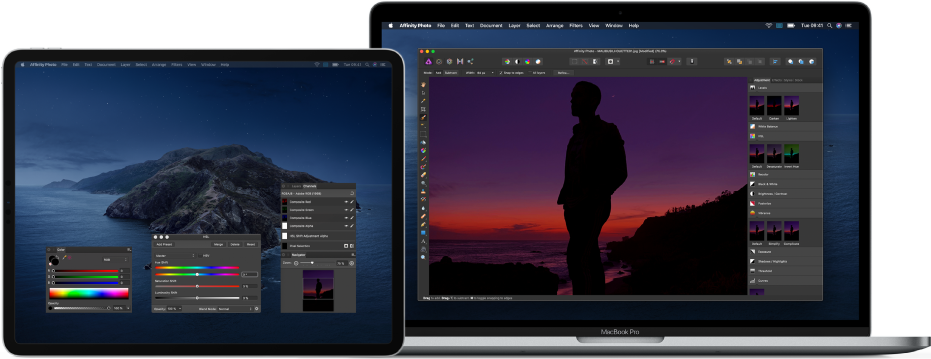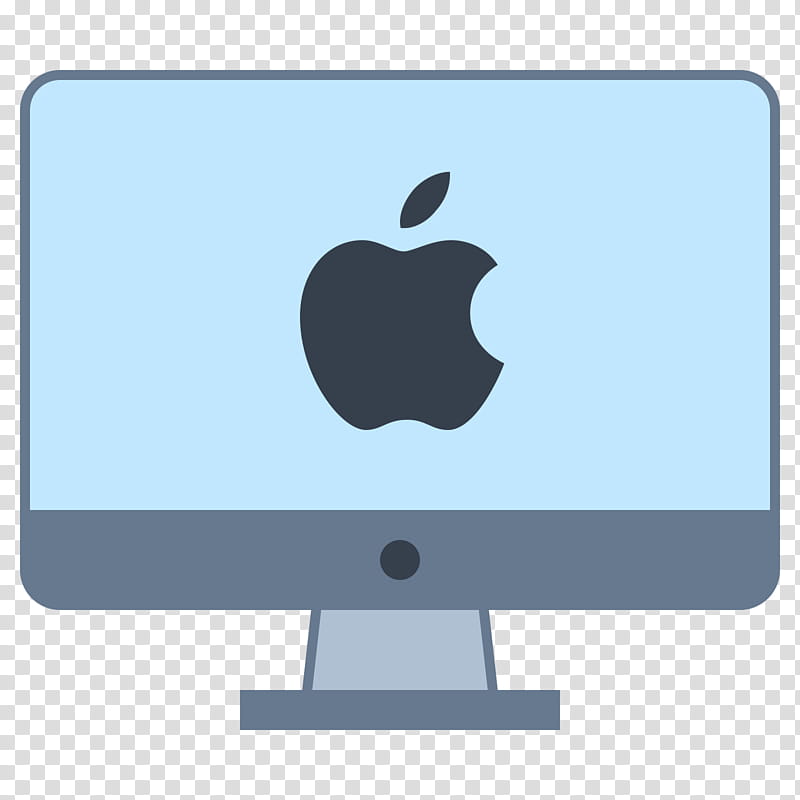How to get updates for macOS Mojave or later
Jun 22, 2020 Apple’s Worldwide Developer Conference (WWDC) revealed many innovative developments, including a demo featuring a prototype of a forthcoming version of Parallels Desktop for Mac running on Mac with Apple Silicon. “Parallels® is proud to be working closely with Apple during this exciting transition, and we’re looking forward to launching support for future Macs with Apple Silicon. Mac Compatibility Mac Compatibility MacBook Air (Retina, 13-inch, 2020) MacBook Air (Retina, 13-inch, 2018 - 2019).
If you've upgraded to macOS Mojave or later, follow these steps to keep it up to date:
Microsoft Office Home and Business 2019 Download 1 Person Compatible on Windows 10. $229.99; Microsoft 365 Personal 12-Month Subscription, 1 person Premium Office apps 1TB.; Adobe Acrobat Pro DC Create, edit and sign PDF documents 1-month Subscription with. App can’t be opened because Apple can’t check it for malicious software. Using an app that can’t be checked for malicious software might harm your Mac or compromise your privacy. If you’re certain that the app you want to use is from a trustworthy source, you can override your Mac security settings to open it. Mac Compatibility Mac Compatibility MacBook Air (Retina, 13-inch, 2020) MacBook Air (Retina, 13-inch, 2018–2019). Protect your Mac from malware. MacOS has many features that help protect your Mac and your personal information from malicious software, or malware. One common way malware is distributed is by embedding it in a harmless-looking app. You can reduce this risk by using software.

- Choose System Preferences from the Apple menu , then click Software Update to check for updates.
- If any updates are available, click the Update Now button to install them. Or click ”More info” to see details about each update and select specific updates to install.
- When Software Update says that your Mac is up to date, the installed version of macOS and all of its apps are also up to date. That includes Safari, iTunes, Books, Messages, Mail, Calendar, Photos, and FaceTime.
To find updates for iMovie, Garageband, Pages, Numbers, Keynote, and other apps that were downloaded separately from the App Store, open the App Store on your Mac, then click the Updates tab.
To automatically install macOS updates in the future, including apps that were downloaded separately from the App Store, select ”Automatically keep my Mac up to date.” Your Mac will notify you when updates require it to restart, so you can always choose to install those later.
How to get updates for earlier macOS versions
If you're using an earlier macOS, such as macOS High Sierra, Sierra, El Capitan, or earlier,* follow these steps to keep it up to date:
- Open the App Store app on your Mac.
- Click Updates in the App Store toolbar.
- Use the Update buttons to download and install any updates listed.
- When the App Store shows no more updates, the installed version of macOS and all of its apps are up to date. That includes Safari, iTunes, iBooks, Messages, Mail, Calendar, Photos, and FaceTime. Later versions may be available by upgrading your macOS.
To automatically download updates in the future, choose Apple menu > System Preferences, click App Store, then select ”Download newly available updates in the background.” Your Mac will notify you when updates are ready to install.
* If you're using OS X Lion or Snow Leopard, get OS X updates by choosing Apple menu > Software Update.
How to get updates for iOS

Learn how to update your iPhone, iPad, or iPod touch to the latest version of iOS.
Learn more
- Learn how to upgrade to the latest version of macOS.
- Find out which macOS your Mac is using.
- You can redownload apps that you previously downloaded from the App Store.
- Your Mac doesn't automatically download large updates when it's using a Personal Hotspot.
Is your Mac up to date with the latest version of the Mac operating system (macOS or OS X)? Is it using the version required by some product or feature? Which versions are earlier (older) or later (newer, more recent) than the version currently installed? To find out, learn which version is installed now.

If your macOS isn't up to date, you may be able to update to a later version.
Which macOS version is installed?
From the Apple menu in the corner of your screen, choose About This Mac. You'll see the macOS name, such as macOS Mojave, followed by its version number. If some product or feature requires you to know the build number as well, click the version number to see it.
This example shows macOS Catalina version 10.15 build 19A583.
Which macOS version is the latest?
These are all Mac operating systems, starting with the most recent. When a major new macOS is released, it gets a new name, such as macOS Catalina. And as updates that change the macOS version number become available, this article is updated to show the latest version of that macOS.
If your Mac is using an earlier version of any Mac operating system, you should install the latest Apple software updates, which can include important security updates and updates for the apps installed by macOS, such as Safari, Books, Messages, Mail, Music, Calendar, and Photos.
Software For Apple Mac Desktop Download
| macOS | Latest version |
|---|---|
| macOS Catalina | 10.15.5 |
| macOS Mojave | 10.14.6 |
| macOS High Sierra | 10.13.6 |
| macOS Sierra | 10.12.6 |
| OS X El Capitan | 10.11.6 |
| OS X Yosemite | 10.10.5 |
| OS X Mavericks | 10.9.5 |
| OS X Mountain Lion | 10.8.5 |
| OS X Lion | 10.7.5 |
| Mac OS X Snow Leopard | 10.6.8 |
| Mac OS X Leopard | 10.5.8 |
| Mac OS X Tiger | 10.4.11 |
| Mac OS X Panther | 10.3.9 |
| Mac OS X Jaguar | 10.2.8 |
| Mac OS X Puma | 10.1.5 |
| Mac OS X Cheetah | 10.0.4 |
Software For Apple Mac Desktop Free
Learn more
Apple Mac Software List
- Always use the macOS that came with your Mac, or a compatible newer version.
- Learn how to reinstall macOS from macOS Recovery.